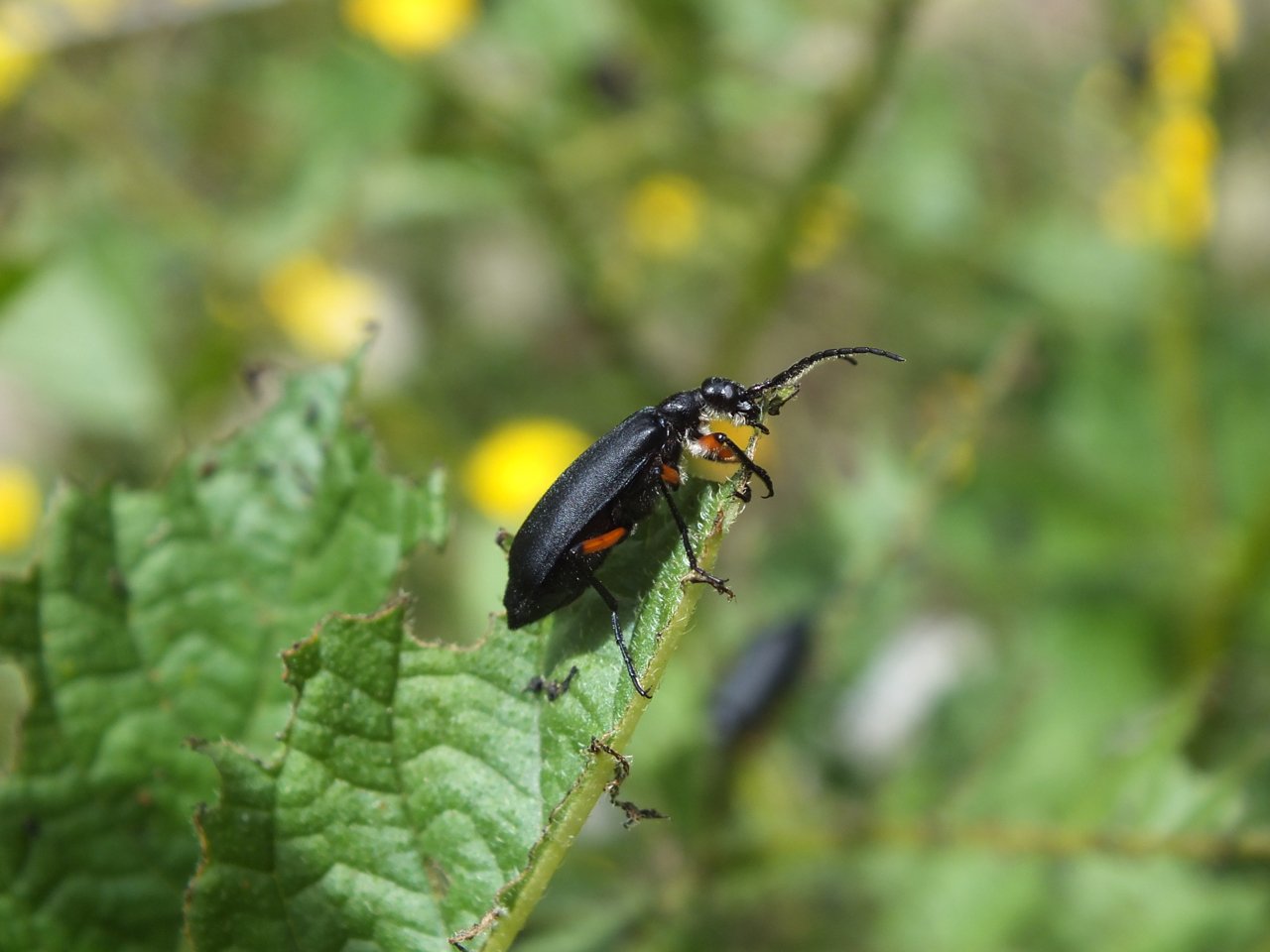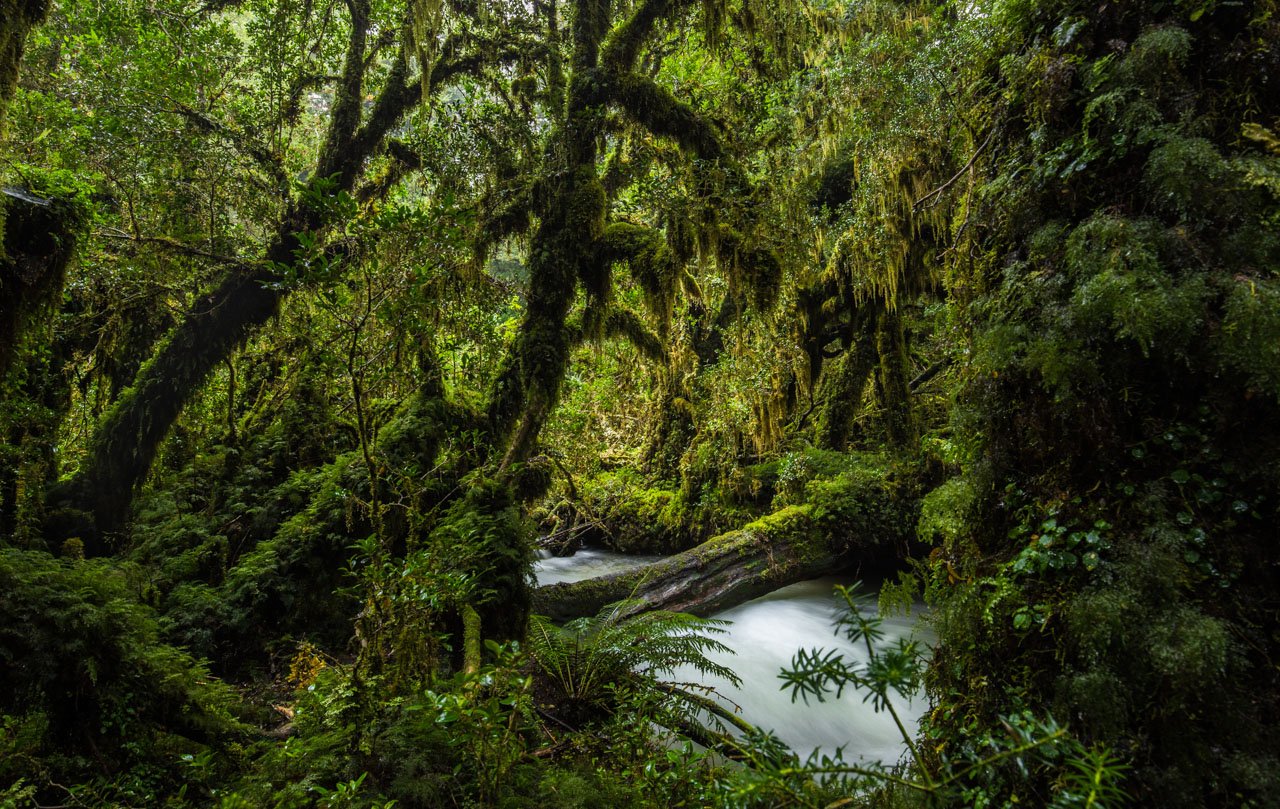Protecting our world’s biodiversity hotspots

The Valdivian Forest is in the top 36 global biodiversity hotspots, yet only 40% of the original forest remains today.
The GAAP head office is located at the gateway to Patagonia, in the heart of the Valdivian Forest. It is the only temperate rainforest in South America and greater than 90% of the flora and 70% of the fauna cannot be found anywhere else in the world. Yet for decades, the forest has been under rapidly increasing threats such as logging, urban encroachment and road construction putting the many remarkable, unique, endemic species at great risk. In 2017, a published article revealed that the southern parts of Chile are among the global hotspots of the world with a very high probability for the emergence of zoonotic diseases.
What animals do we see in the Valdivian Forest, and what factors are threatening their well-being?
A multi-faceted approach to conservation
At the GAAP´s Nature Discovery Centre (NDC), there are many endemic species that live or traverse the center's boundaries. We are one of the first organization’s in this part of the country to sign an agreement to conserve the land around the NDC in perpetuity, so that those species who call this place home, will forever be protected. To date, we have documented through the use of camera traps and other means of identification (visual or auditory) puma, guiña, fox, monito del monte, many bird species, at least seven frog species and much more.
In addition to conserving and protecting land, the GAAP uses our other projects to emphasize the importance of conservation and what it means to all of us as human beings, for example through our social media for the NDC, through the VI/GAAP Veterinary Clinic, and in our environmental and responsible pet ownership education programs. At the same time, we are looking for answers to some of the big conservation questions through our research program.
What can we learn from migratory birds?
Over the past couple years, we have been involved in an international research project tracking migratory aerial insectivores. Birds can often be powerful indicators of ecosystem health, and we aim to contribute to a more cohesive network of research in the Southern Hemisphere.
How does conservation relate to One Health?
Protecting ecosystems means the plants, animals, and fungi within that ecosystem can live healthier lives. When each species has what it needs, they can each play their own unique role in the functioning of the life-cycle, innately supporting one another. Healthier habitats allow for healthier animals, and healthier animals are less likely to spread disease or create other issues that negatively impact human health.



















